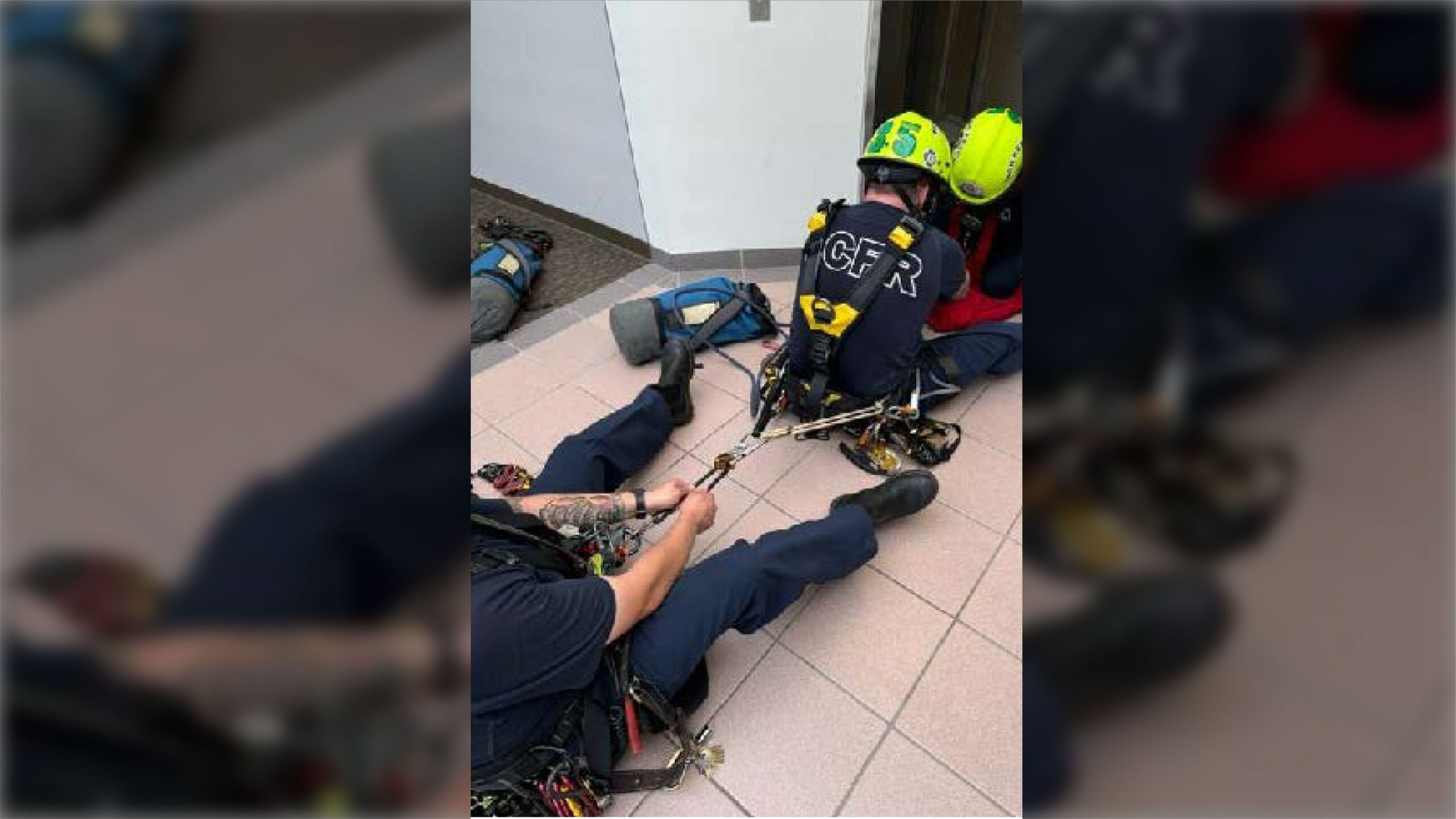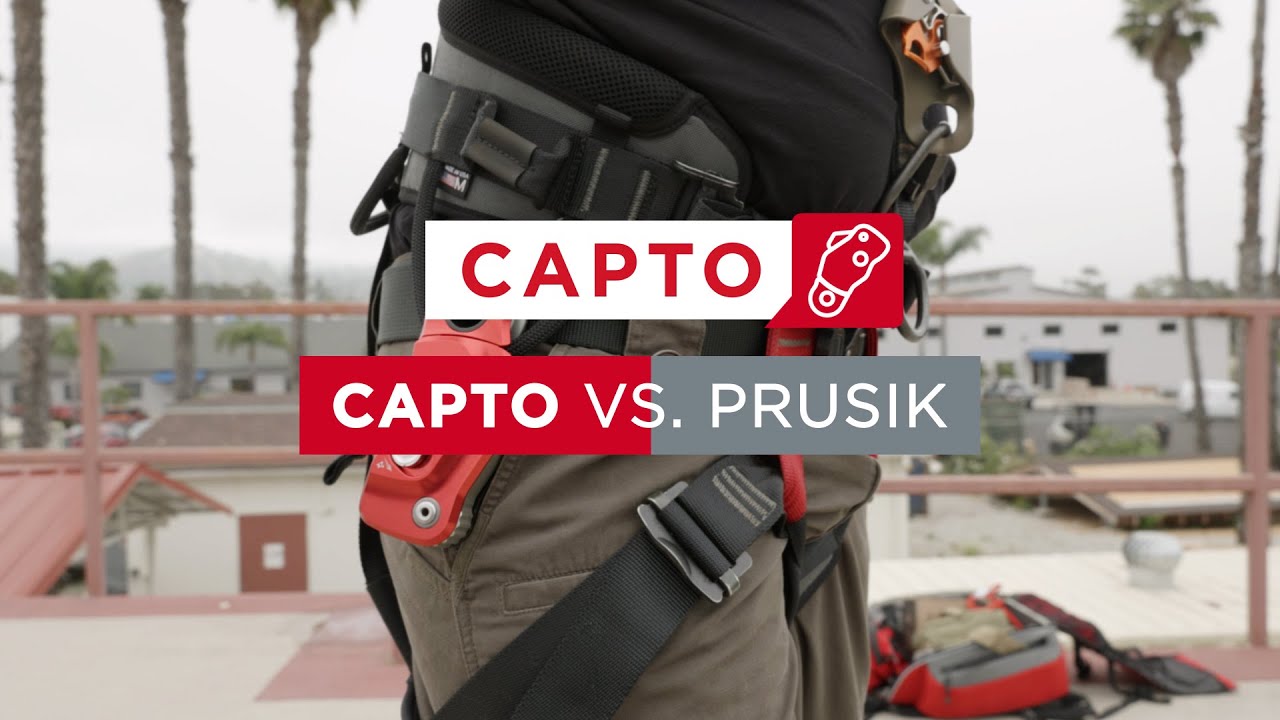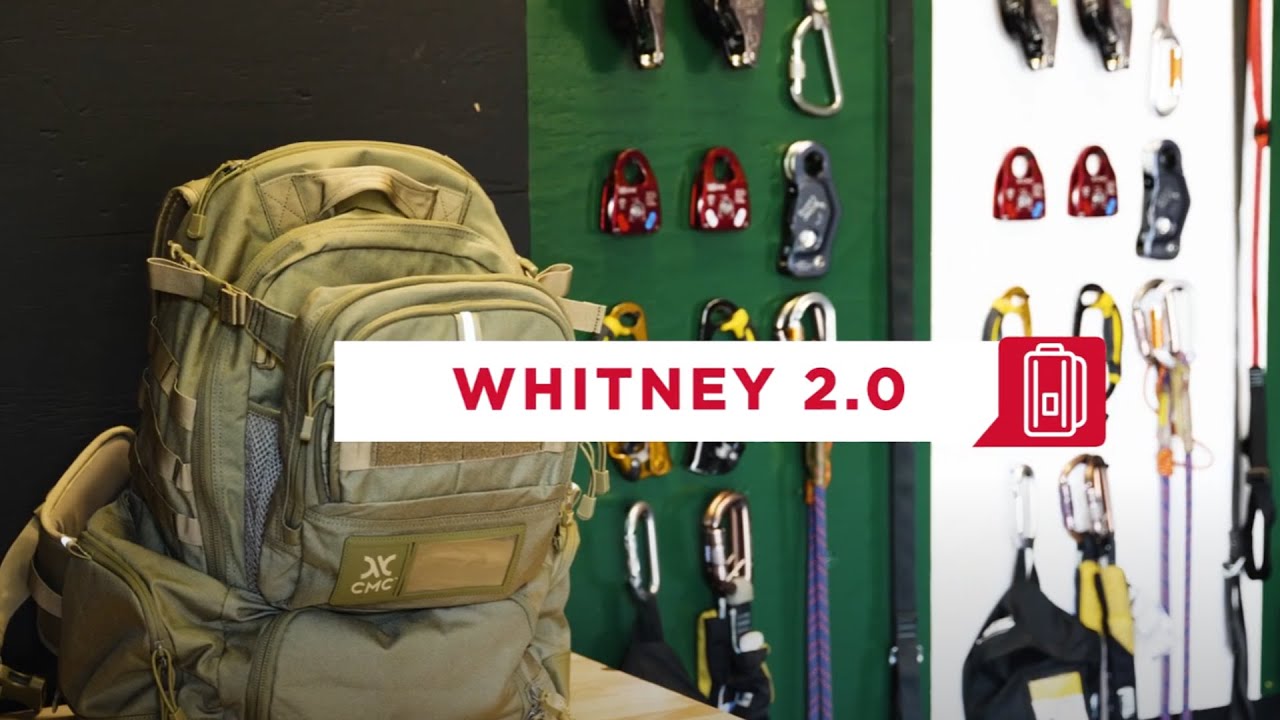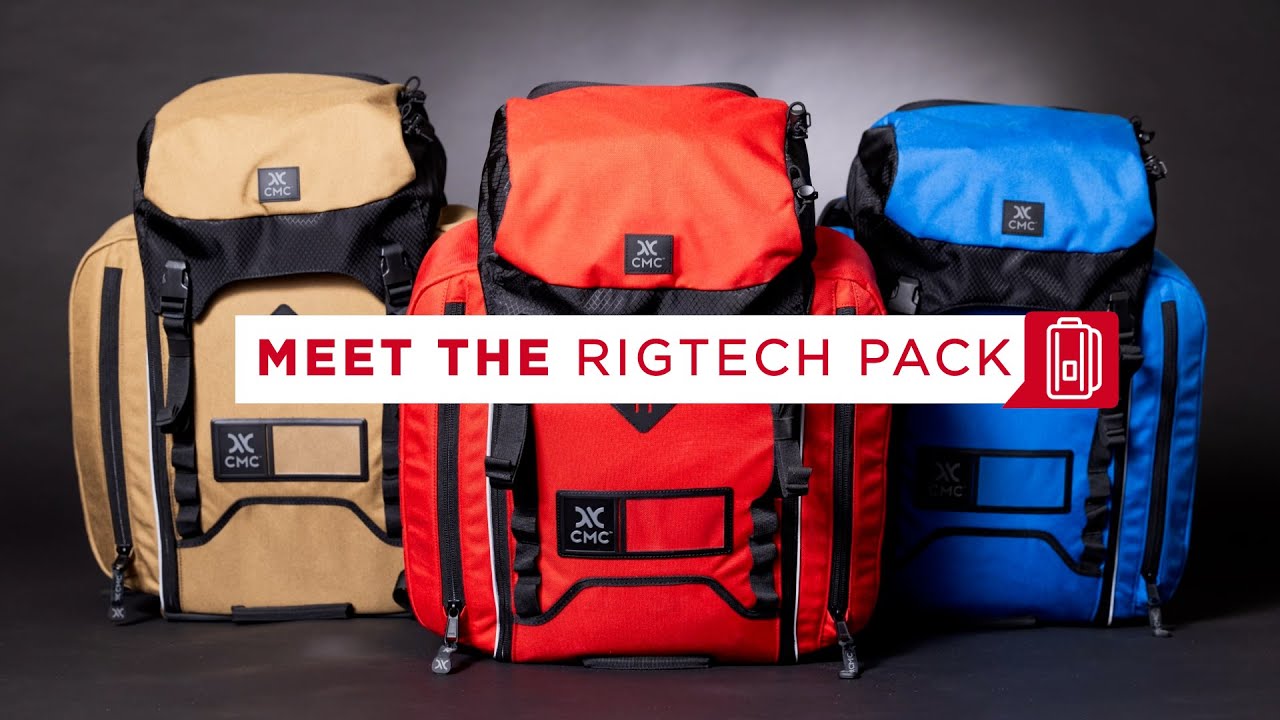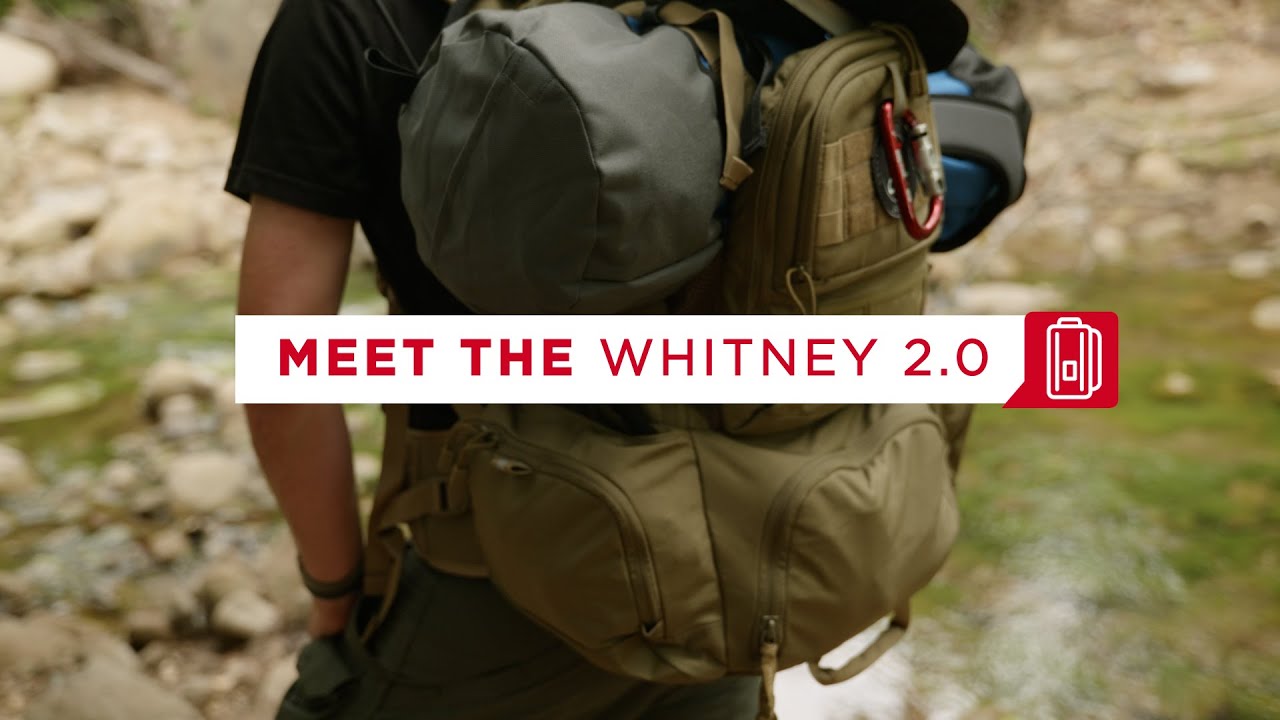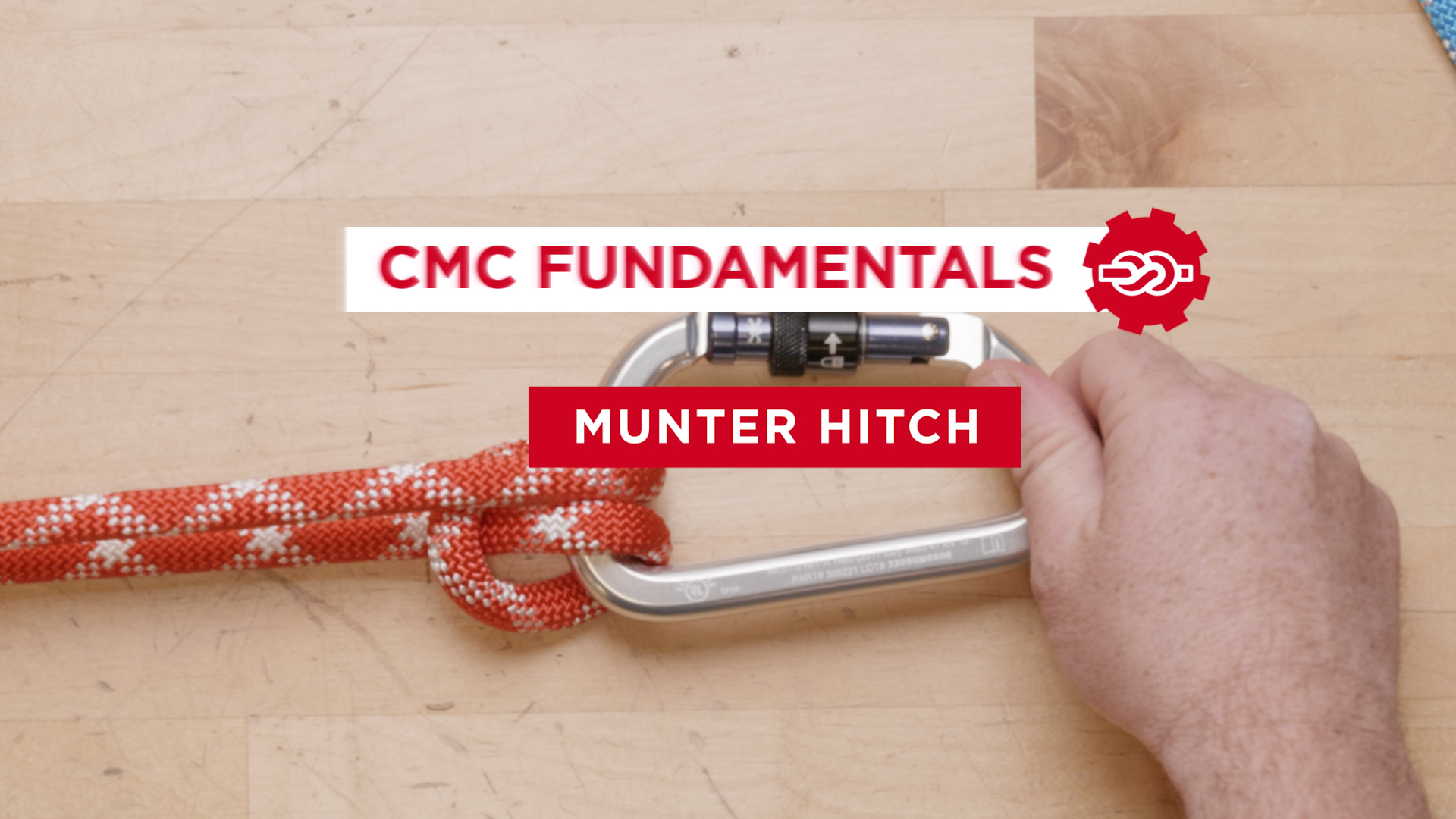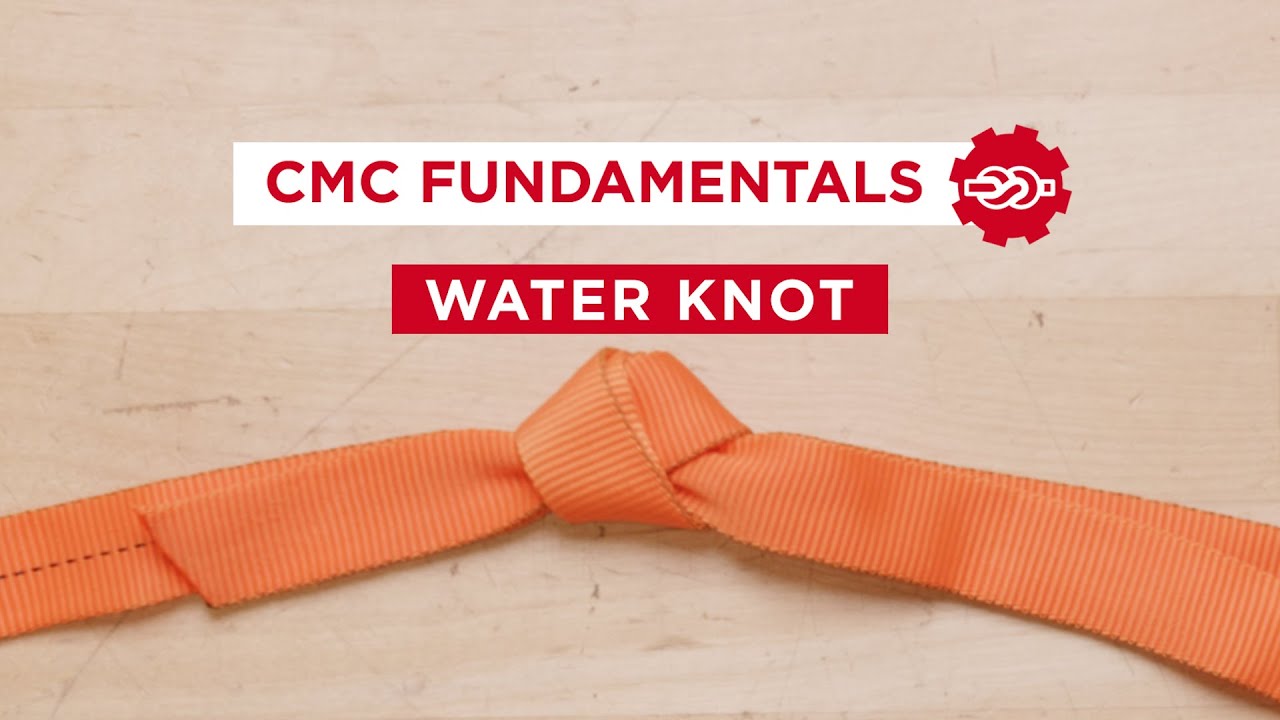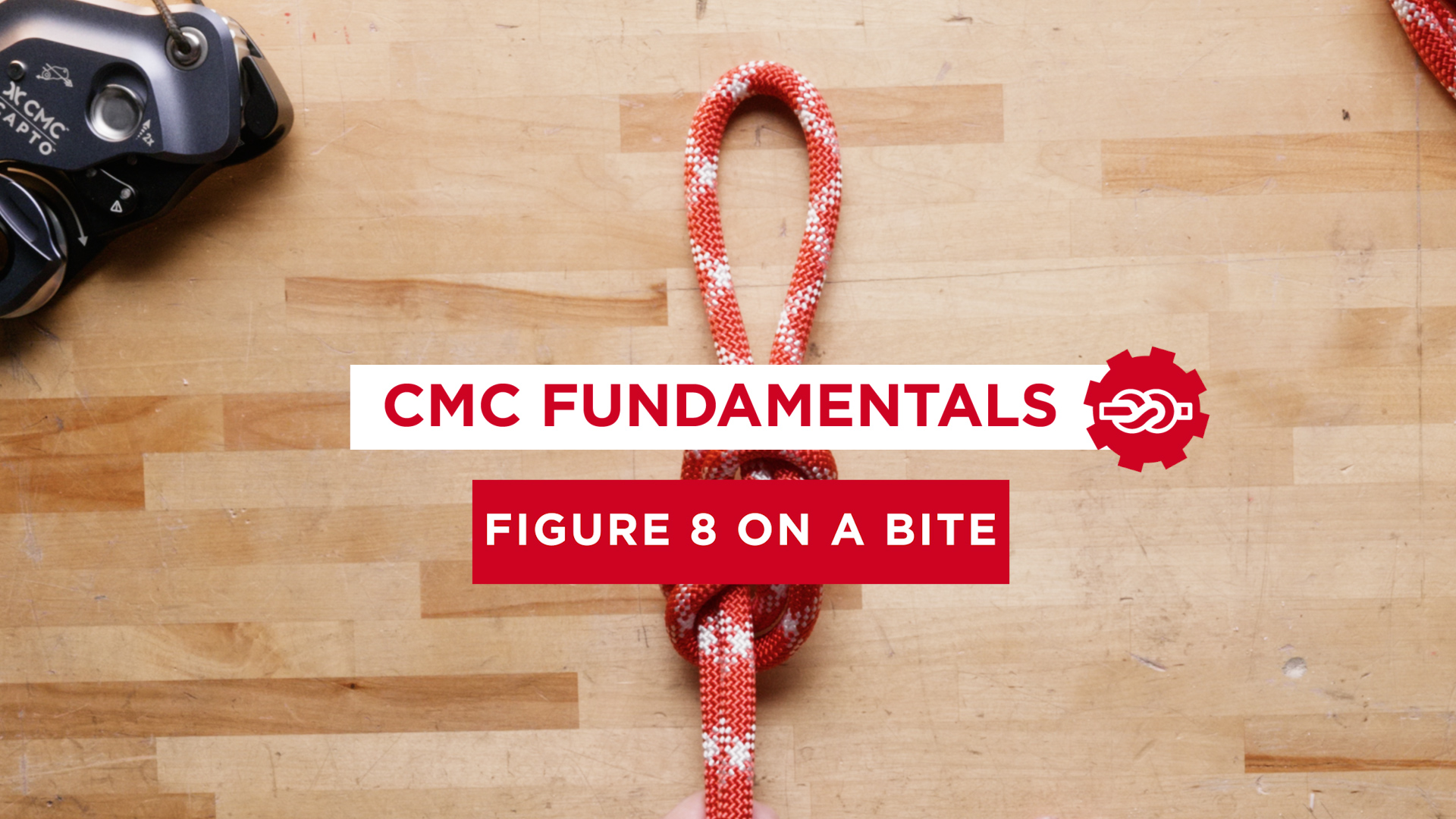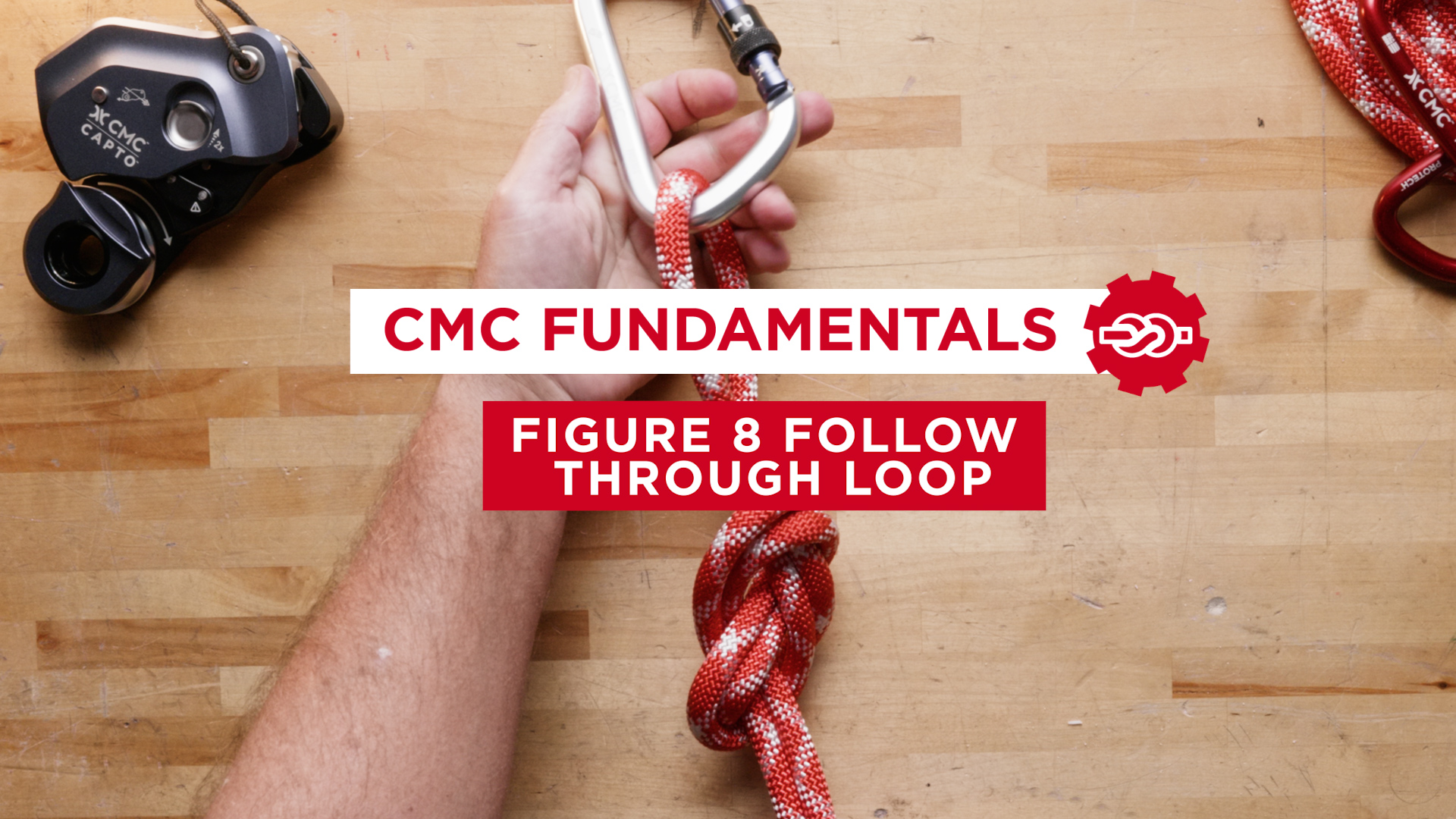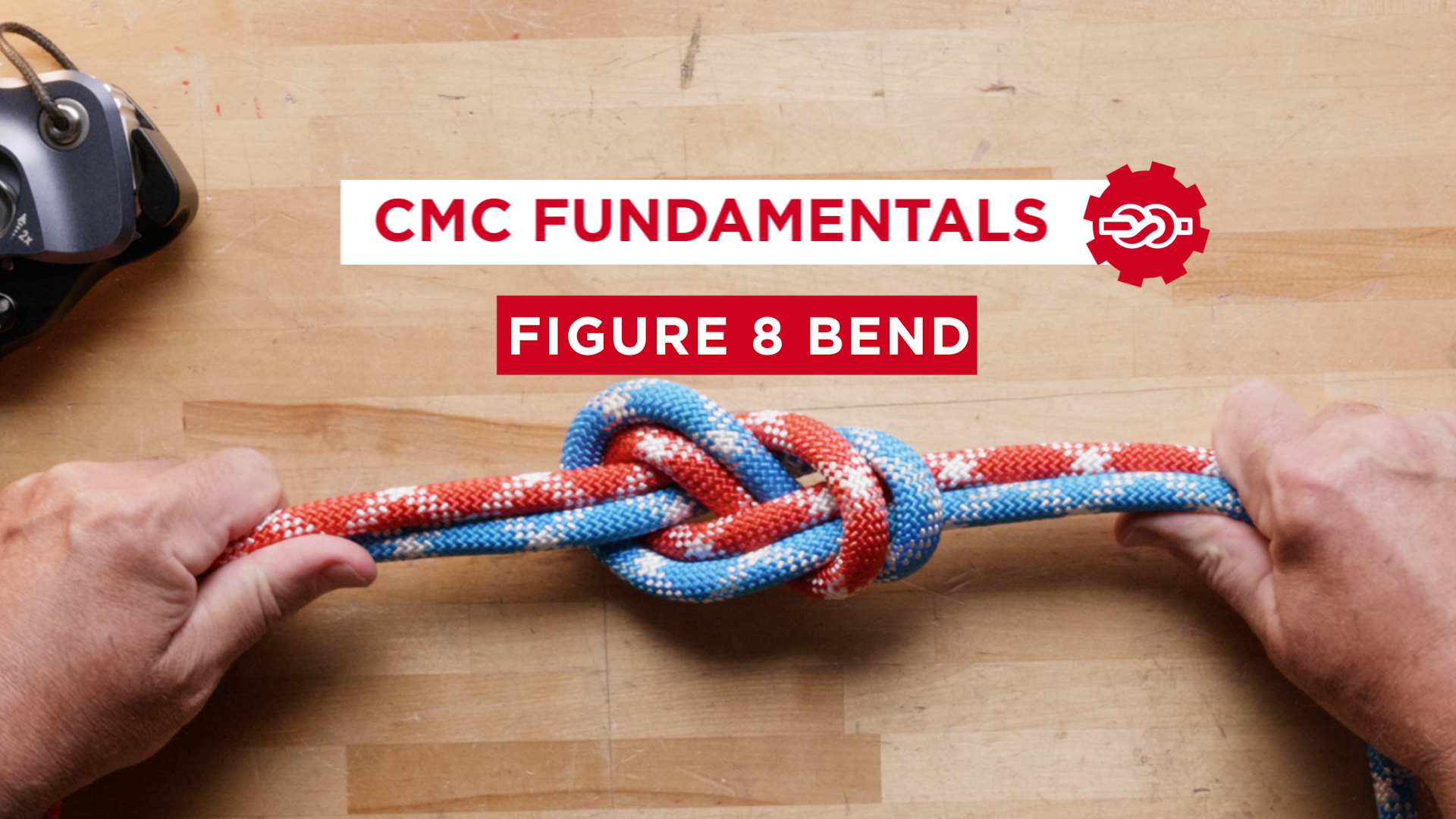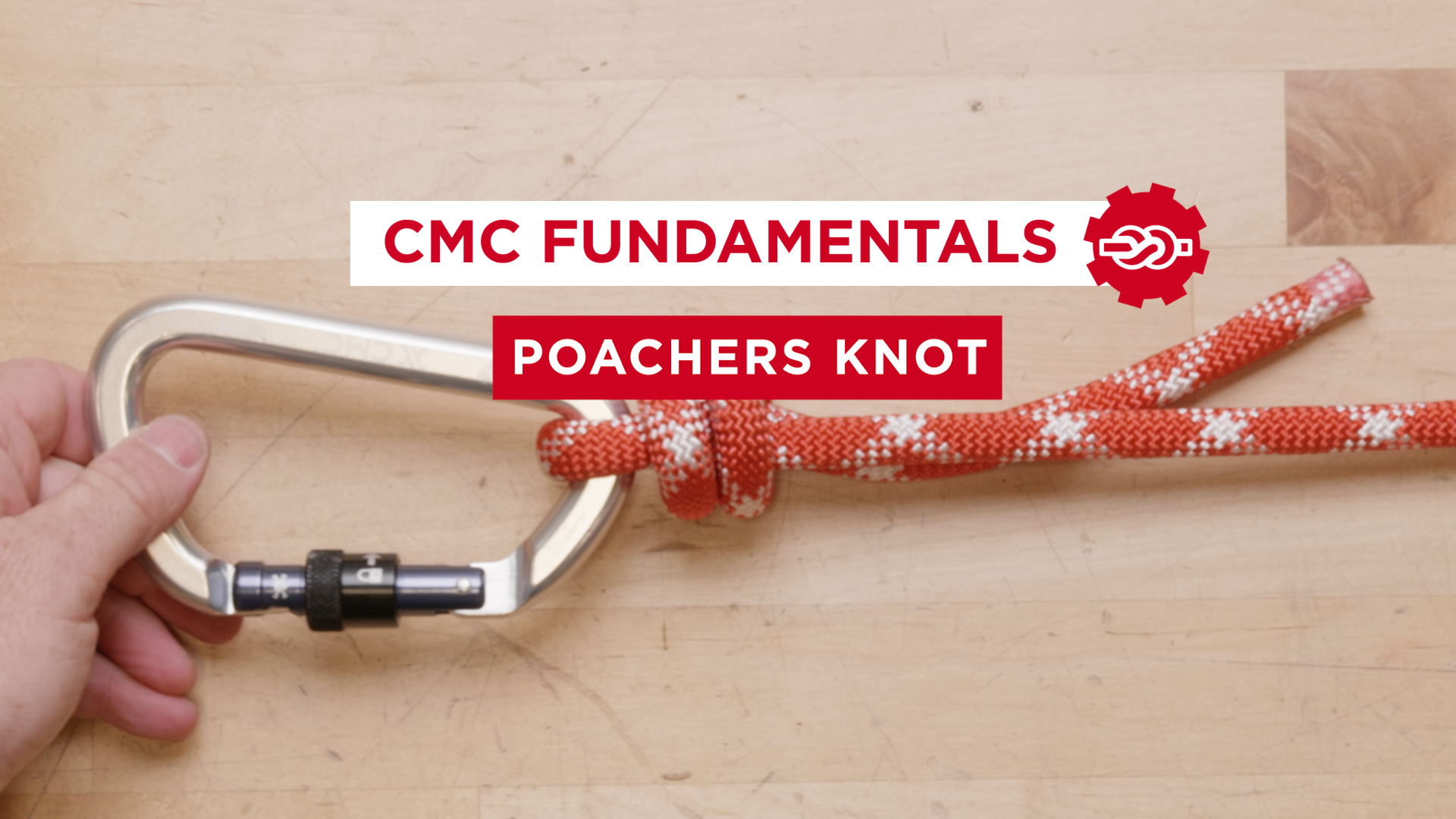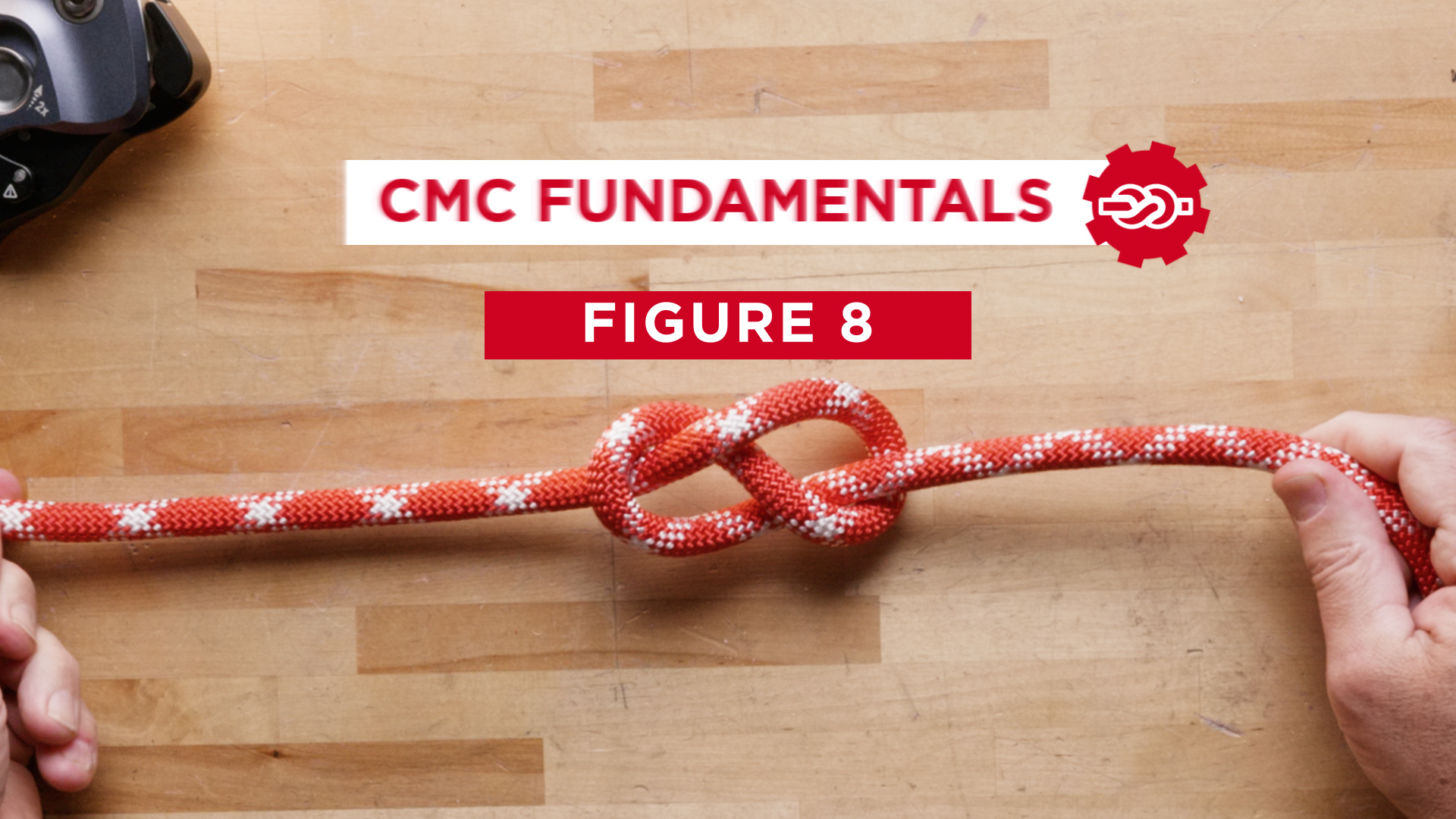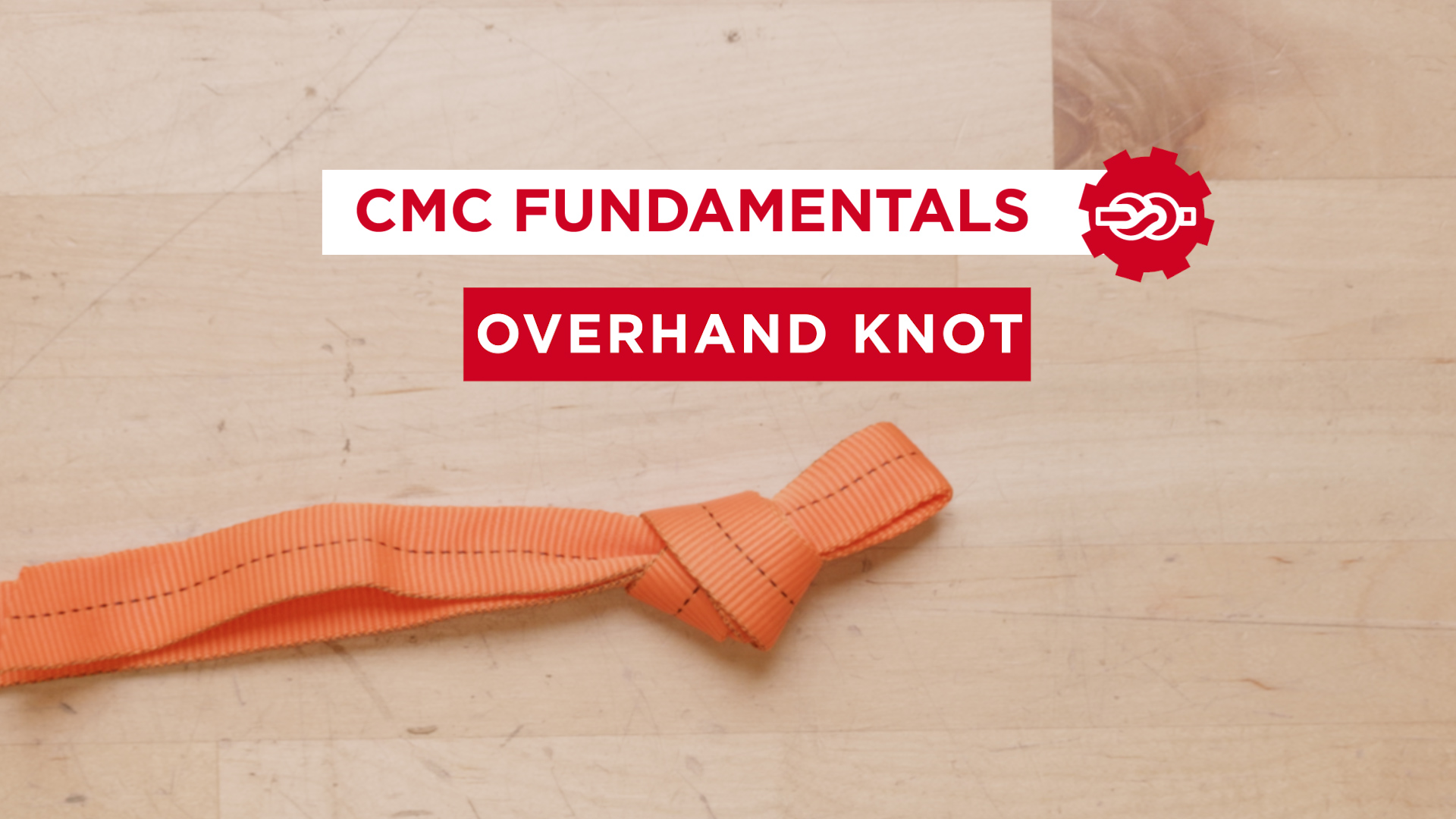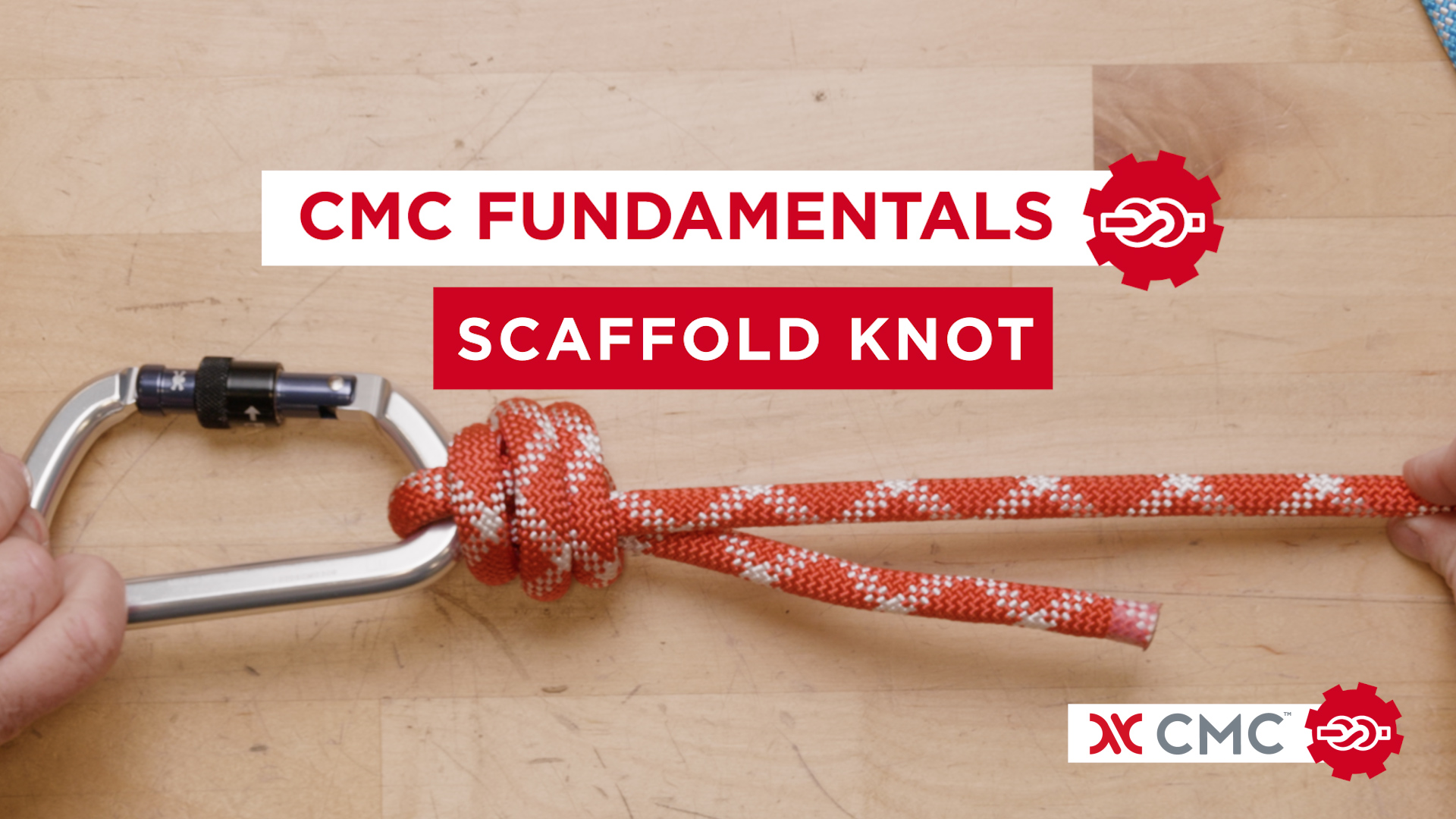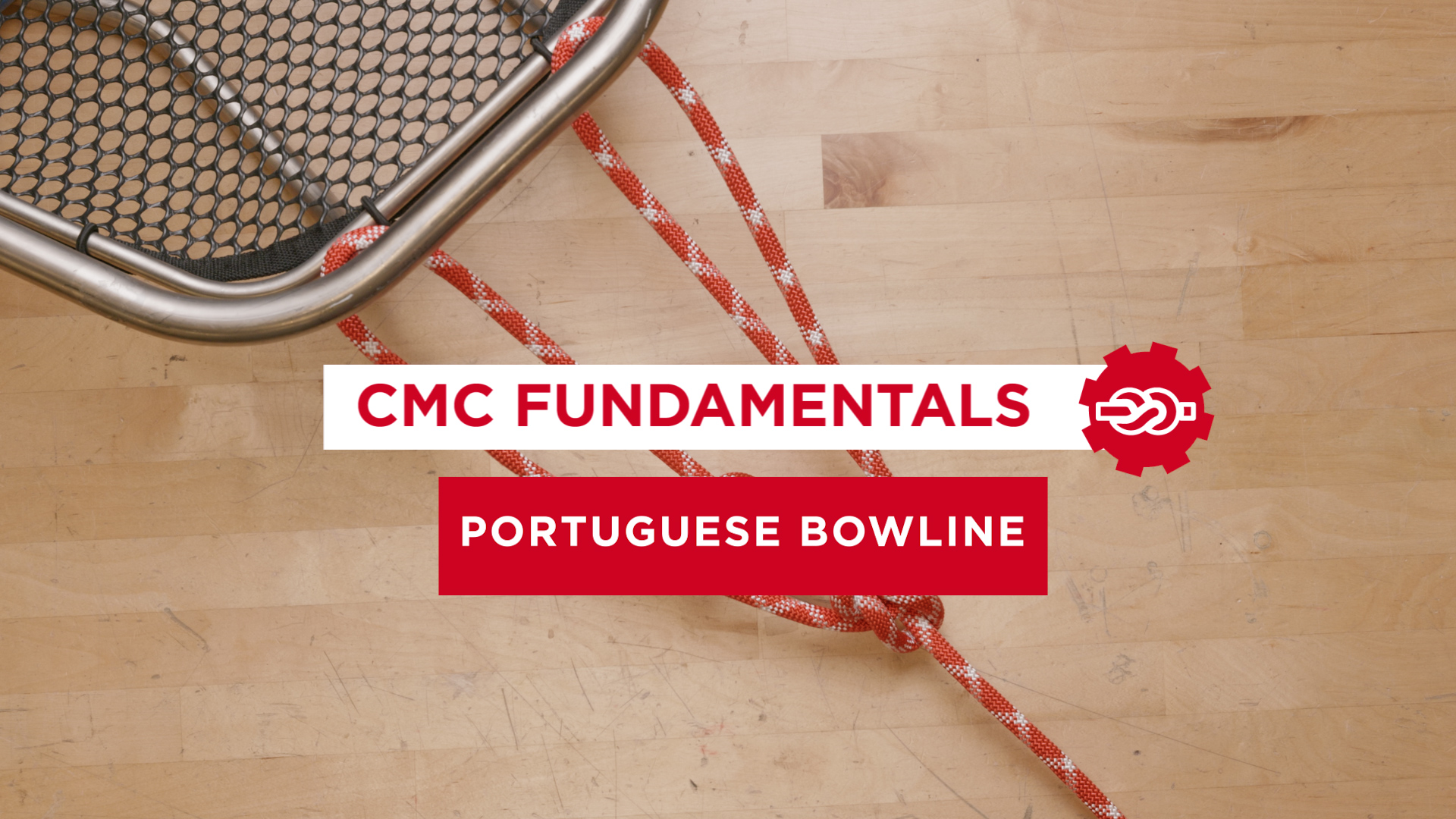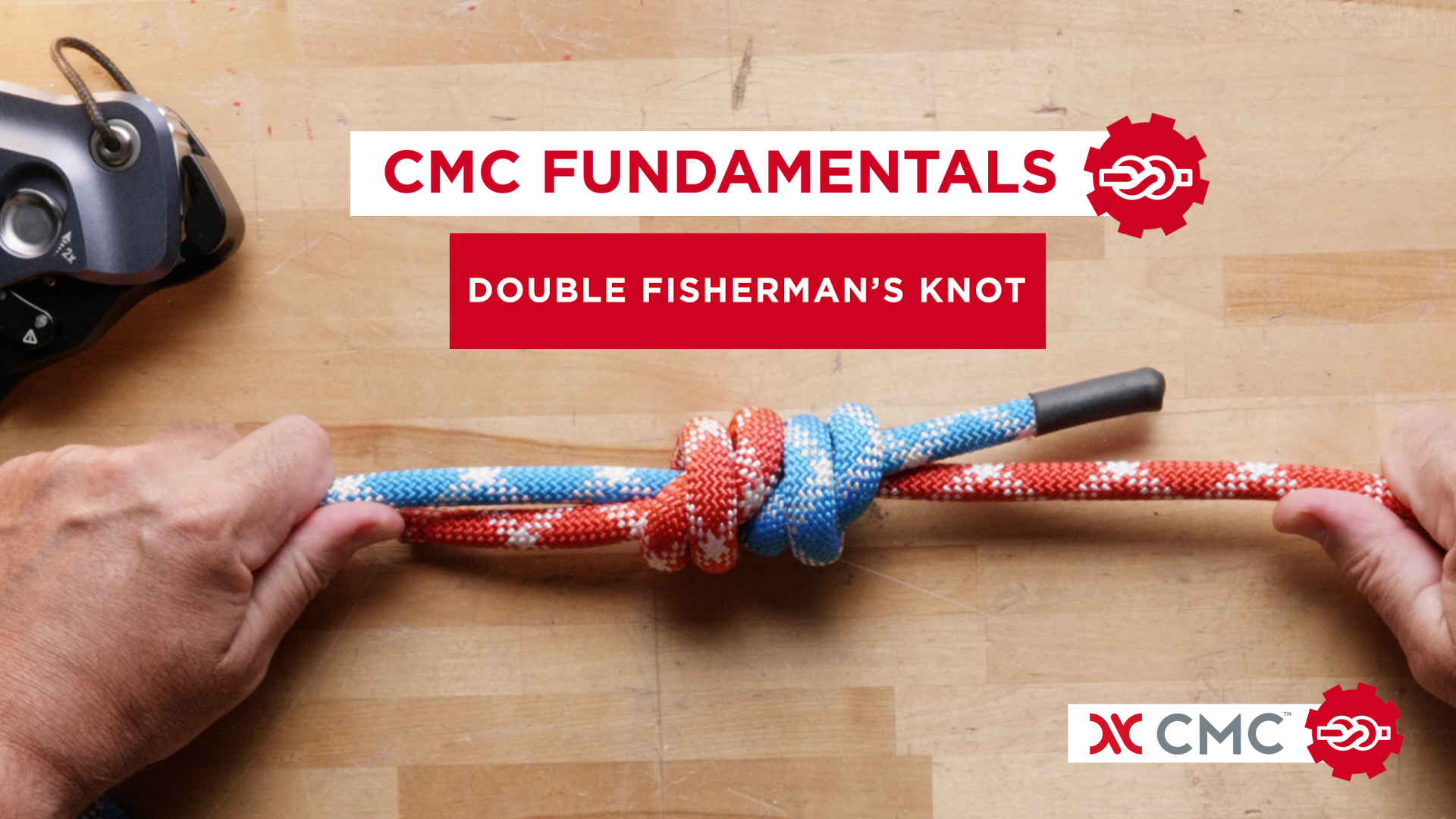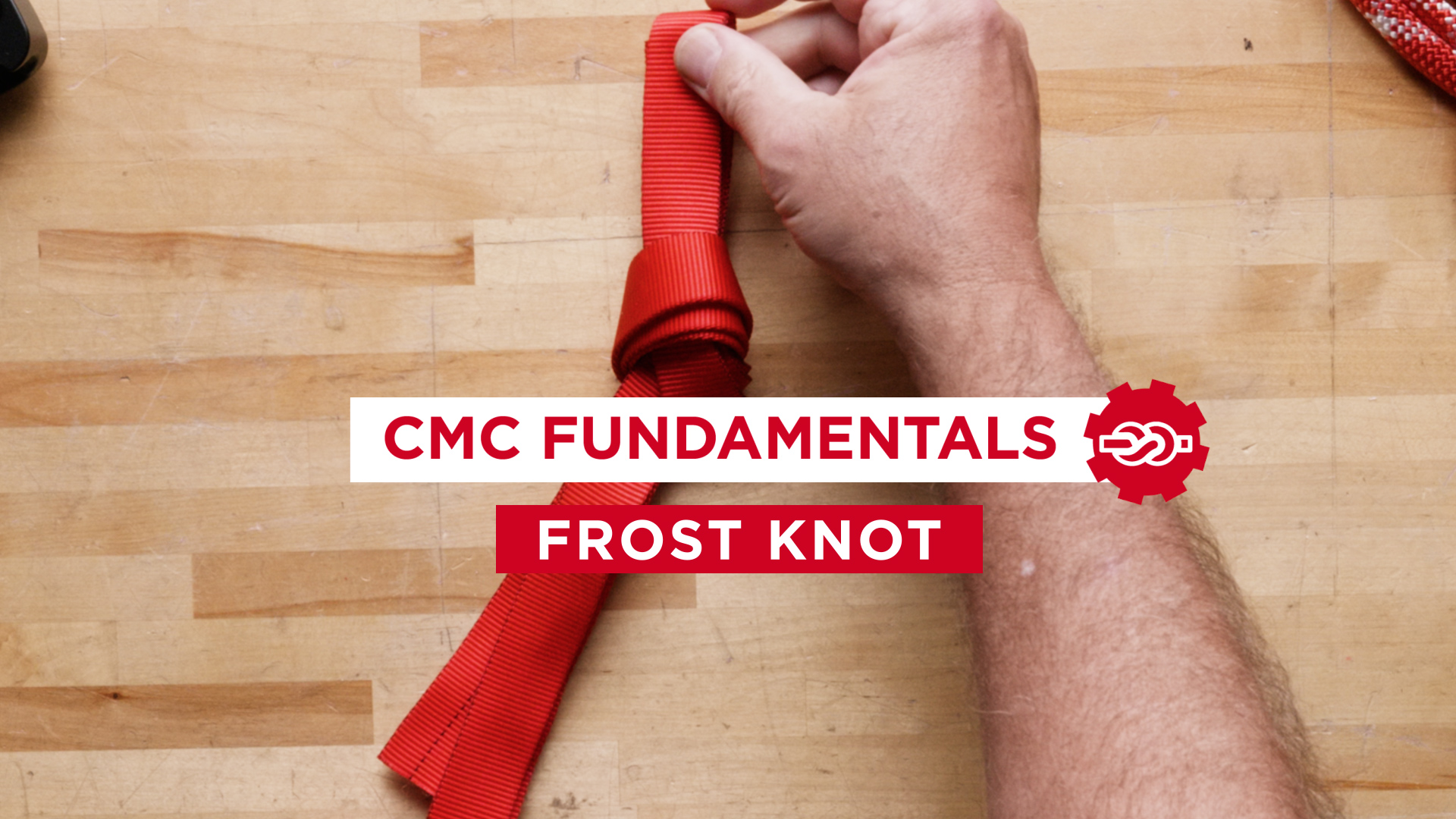What Do All of Those Markings on My Rescue Gear Mean?
This article was written and submitted by Beverly Wooten Stutts and G.W. Barrett, Engineers from UL LLC.
Each piece of rescue equipment typically has various verbiage, logos, and symbols printed on it, plus there is additional information on the attached user guide and sometimes even a paper label. Each item of information reveals details that are important in assuring that the equipment complies with critical safety and performance standards and that it is used in the manner intended. This paper explores the importance and significance of these markings.
COMPANY LOGOS:
The name, logo, or other identifier of the company that manufactured the equipment piece – whether it’s a rope, a carabiner, a pulley, descender, etc., should be found on the piece of rescue equipment. NFPA personal protective equipment standards, as well as most CSA Z259 fall protection standards and ANSI Z359 fall protection standards, require this.
In addition to the manufacturer’s name or logo, there may be a non-manufacturer logo – such as UL, SEI, or CSA. These are the logos – or Marks – of the third party certification organization that tested and certified the piece of the rescue equipment. Without third party logo and identification, the user cannot have confidence that the equipment has been independently evaluated for compliance with the design and performance requirements of the standard and is safe to use.
Some standards – such as NFPA 1983, Standard on Life Safety Rope and Equipment for Emergency Services, require third party certification. If a piece of equipment includes the statement, “Meets NFPA 1983” but does not include the symbol of a third party certification organization, then the product would not be considered to be certified to the requirements of the standard.
Other standards, such as the ANSI/ASSE Z359 Fall Protection Code, do not require independent third party certification. However, ANSI Z359.7 does require that all testing be conducted at an ISO 17025 accredited laboratory with witnessing by either a representative of a third party certifying organization or a qualified professional engineer. It is a difficult, lengthy and costly process to become an ISO 17025 accredited laboratory and also to maintain this accreditation. Therefore, not every laboratory is an ISO 17025 accredited laboratory. If a user is purchasing equipment that is certified to any of the various ANSI/ASSE Z359 fall protection standards, the user should first look for certification information. If there is no indication of third party certification, then the user should ask to see the test report. The user should also ask if the testing was conducted at an ISO 17025 accredited facility and then seek confirmation of the laboratory having ISO 17025 (a copy of the certificate), as well as who witnessed the testing. If the manufacturer is unwilling to provide this information, then the user cannot be sure that the equipment meets the standard requirements or will meet the appropriate PPE needs.
What is the significance and importance of using equipment that is third party certified? Third party certification is important in that it helps to insure that the product you are about to use has been evaluated by an independent testing laboratory and certifying organization (can be same or different) to the specific performance and design requirements for that piece of rescue gear to a specific standard(s). Otherwise, you have no assurance that the product was tested in a controlled environment according to specified test methods that are repeatable and reproducible.
Being third party certified means the product not only has been tested, but has been evaluated per the requirements of specific standard(s), complies with the requirements of the third party organization, and is manufactured at a facility which is under an ongoing surveillance or followup system. For example, “UL Certified” or “UL Classified” are the applicable terms relative to the UL’s certification of personal protective equipment. Other third party organizations have similar terms.
Many personal protective equipment manufacturers make it company policy to obtain product certification for their products to minimize the possibility of non-acceptance by fire departments and/or other rescue organizations. Some companies choose to certify with a third party to minimize the potential liability associated with their products and/or because it helps to substantiate their claims of conformance to the applicable safety standards.
Manufacturers and authorities alike also recognize the benefit of certification, which includes ongoing surveillance or a follow-up service program, and typically includes product inspection, assessments of the manufacturer’s quality program, and product testing. The surveillance activities verify that a manufacturer continues to produce products that comply with the applicable standard requirements and according to the construction of the product that was originally evaluated and certified. To display a certification organization’s mark on a package or product, a manufacturer agrees to comply with manufacturing specifications and quality control procedures. Under this agreement, representatives of the certification organization periodically test and/or examine products at factories and may select samples from the factory, the open market or elsewhere for further verification of compliance.
Purchasers and users should understand that by specifying third party certified personal protective equipment, they inherently obtain third-party ongoing surveillance. In addition, if a problem with a certified product is reported to the third party certification organization, the organization establishes an investigation to determine the nature of the nonconformance and works with the manufacturer to ensure that appropriate corrective action is taken.
When the standard allows for qualification to a standard without third party certification, such as any of the ANSI/ASSE Z359 standards, then the manufacturer is making a self-declaration of compliance, and there is no follow-up by any outside party to ensure consistency.
It is always important to know what the appropriate standards are for a piece of equipment and standard(s) to which a piece of rescue equipment has been evaluated. The standards will specify what information is to be given on or with a piece of equipment.
PERFORMANCE MARKINGS:
One piece of important information that may be found on the rescue equipment is the MBS or minimum breaking strength. If the product is evaluated to an NFPA PPE standard, then the MBS represents a calculated minimum breaking strength that has been calculated from the breaking strength results of at least five samples. The standard deviation is calculated and then the MBS is calculated using the following formula:
MBS = Average Breaking Strength of Samples – (Calculated Standard Deviation x 3)
There are instances where the breaking strength is given for fewer than five samples. For instance, a litter evaluated to NFPA 1983 gives breaking strengths for the vertical and horizontal configuration, based on testing only two samples in each configuration. If the product is evaluated to other standards, the reported strength is often the average breaking strength of only three samples. Sometimes, there is no breaking strength given because the product may only be evaluated to make sure that it does not break before a specified load.
A “G,” “T,” or “E” on a piece of equipment certified to NFPA 1983 means that it is for a use class of either “General Use,” “Technical Use,” “or Escape.” The breaking strength requirements for evaluations for General Use products are higher than those for Technical Use or Escape. The load requirements for Technical and Escape can be similar or the same, but escape is only intended for immediate self-rescue.
Sometimes a piece of equipment, such as a descent control device or a pulley, will be evaluated for more than one class and the classes will be indicated on the device by the appropriate letters. If the device uses a line, such as rope, the equipment will give the range of applicable diameters. If the device is evaluated for more than one class, then the range of applicable diameters will be given for each class.
There can be other useful information supplied to the user via an attached paper label and/or the user guide. This information can include the materials used, limitations of use, other performance properties, and even what ropes were used for testing. It is always important for the user to review all of the information and to have a copy of the user guide available for review for each piece of equipment because it is difficult to know or remember the limitations of use for all of the various pieces of equipment.
If the product is third party certified then there may be additional verbiage or information that is required by the third party certification organization.
Some of your rescue gear may also include the letters “CE” to indicate that the product has been evaluated to European harmonized standards (EN/ISO) in accordance with the Directive on Personal Protective Equipment. For fall protection products, the PPE Directive requires that products be evaluated for conformity by a third party certification organization that has received Notified Body Status from the European Commission and is also subjected to a surveillance program.
Rescue gear plays a critical role in allowing emergency responders to do their jobs – often saving lives. With so much at stake, it may be easy to overlook the importance of the various markings and literature that come with each piece of rescue equipment. However, all of the information provided helps the user to understand the capabilities and limitations for each piece of rescue gear used and will help to insure that the rescue operation will be a safe one.
By: Beverly Wooten Stutts and G.W. Barrett of UL LLC

